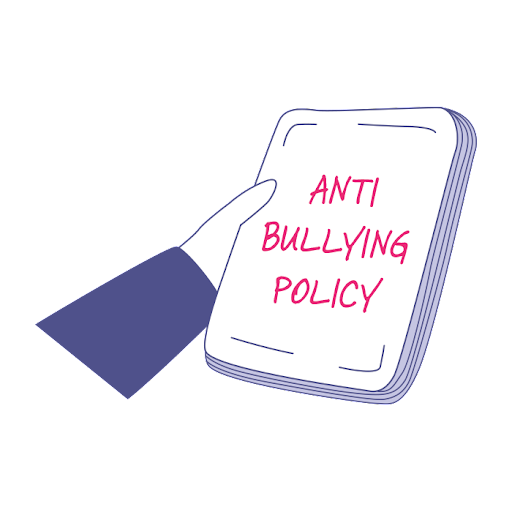Understand School Policy
Read up on the school’s complaints procedure, and behavioural and anti-bullying policies. Schools are legally required to let parents see these policies. If it’s not on the school’s website, ask the administrator for copies. This will help you understand the school policy on bullying and what you should do next.
Be Clear On Your Child’s Rights
All schools have a legal duty to keep your child safe from harm. This includes all types of bullying: physical, verbal, social, emotional and online.
England – school legal duties are outlined in the Department for Education’s Preventing and Tackling Bullying and Keeping Children Safe in Education guidance.
There are also additional protections under the Equality Act for any kind of bullying or harassment related to race, faith, gender, sexuality, age and disability.
Have The Details Ready
Make sure you are able to give an account of what has happened and the impact it has had on your child. Use the SESMA log and school contact record to keep records of what’s happened. Be ready to name the type of bullying, our Bullying Types drop down menu guide will help you explain what is happening to the school.
Meeting with the school
Preparing for the meeting
It can be helpful to bring a copy of the school anti-bullying policy with you, a record of incidents (see above) and any previous correspondence or evidence that is relevant. Ask the school to confirm who will be attending the meeting and let them know who you are bringing with you, and whether you have any support needs they should be aware of to help you fully participate in the meeting.
Be calm and assertive
Start the meeting by being clear that you want to work together to stop the bullying situation and that your goal is for your child to feel safe and happy in school. It’s okay to be sad, but try not to raise your voice or get angry.
Set your expectations
Explain to the school what you need from them is support for the bullying to stop, and for your child to get the help they need.
Agree an action plan
The school may not agree that what has occurred is a bullying situation. If this is the case, bring them back to the definition of bullying in their anti-bullying policy and reaffirm the impact the situation is having on your child. Even if you can’t agree on what has occurred, you are here because your child needs their help. Work together on an action plan considering who can take responsibility for each area. Agree a day and time to feedback.
Be clear on what’s been discussed
The SESMA log and school contact record includes how to document your interactions with the school. Fill it out together at your meeting.
Keep your child in the loop
If your child is not in the meeting, make sure you share their views and hopes and tell your child about agreed next steps. This will reassure them, and it is vital that they tell you whether the actions are making a difference.
What if the school doesn’t seem to be taking action?
Don’t panic
This is frustrating, but it’s not the end of the road. There are things you can do next.
Keep communication with the school open
Be clear that you need to work together until the bullying situation stops.
Escalate your complaint
Know who to speak to next. Schools have a hierarchy of people you can contact, so if a meeting with your child’s tutor or head of year wasn’t helpful, speak to their headteacher next, and so on. Our school reporting structure guide gives you information about this chain.
What if the school doesn’t seem to be taking action?
Some forms of bullying behaviour may be criminal and can be reported to the police. This includes physical or sexual assault; threats of harm or inciting others to self harm; theft or intentional property damage; harassment or threats online; and hate crimes targeting ethnicity, religion, gender identity, sexual orientation or special educational needs and disabilities. Keeping Children Safe in Education is clear that bullying is a form of peer to peer abuse and a safeguarding issue, and you are also within your rights to contact your local children’s services team (social services) if you do not believe your child is safe in the school.



